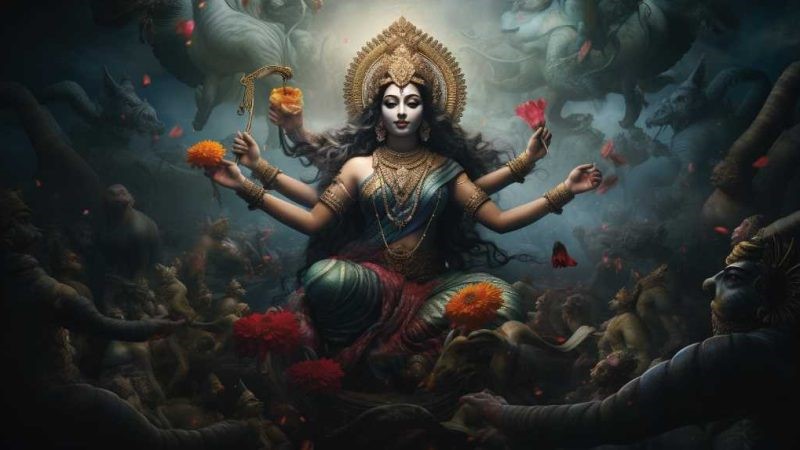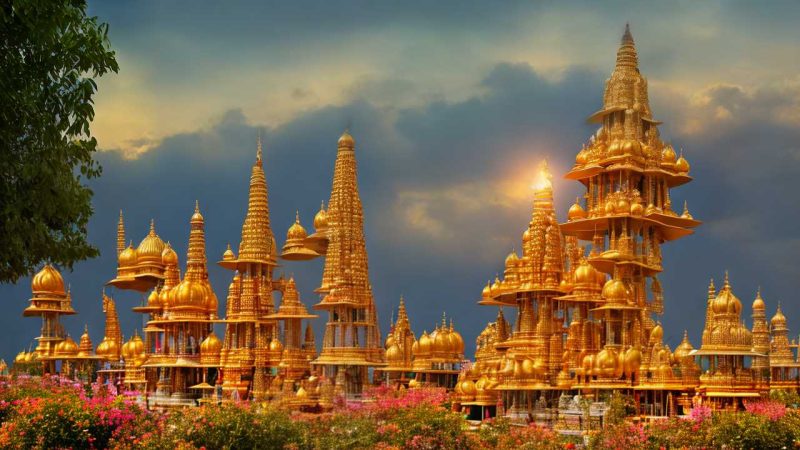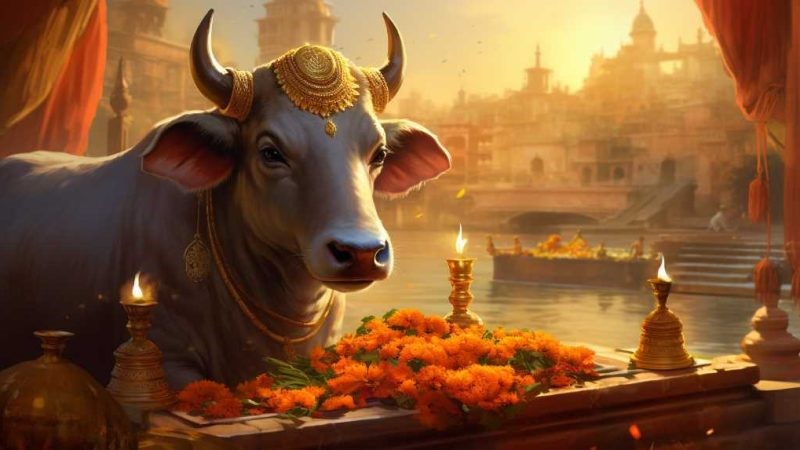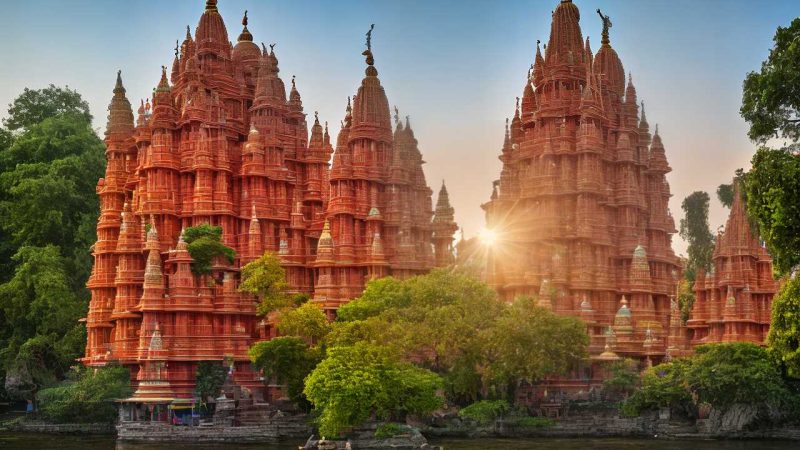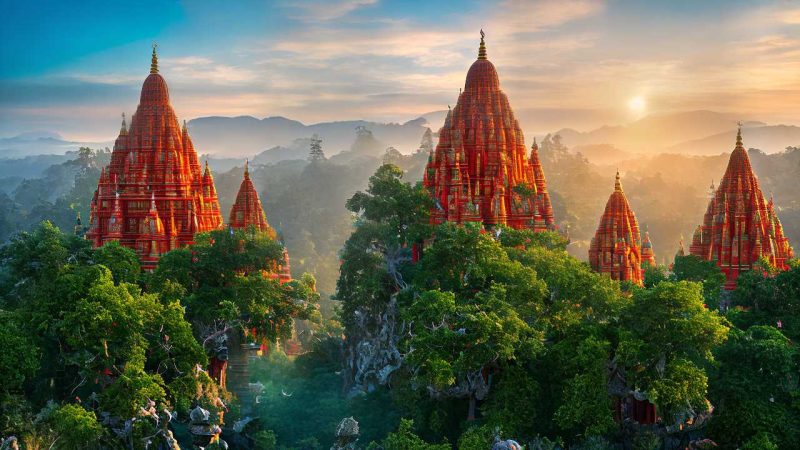The Worldly Wonders Top 10 Hindu Temples in the World
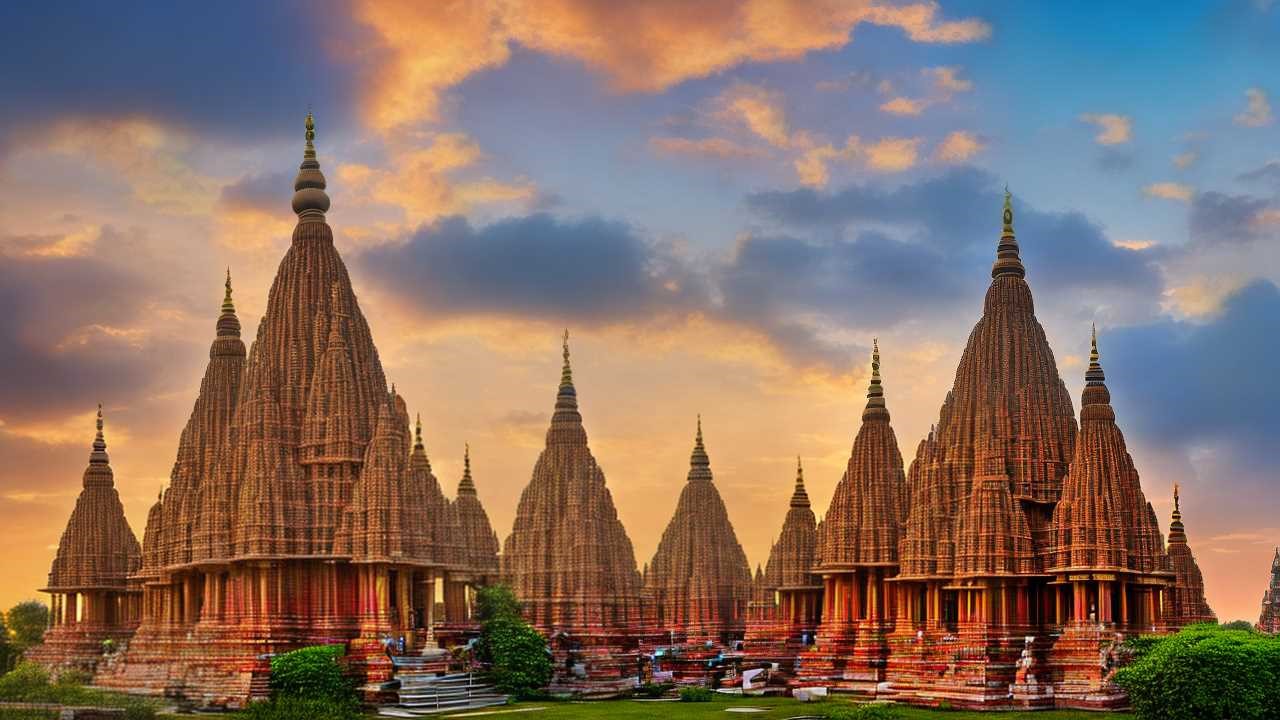
Hindu temples are known for their stunning architecture and deep spiritual meaning. They’ve been admired for centuries. The Angkor Wat in Cambodia and the peaceful riverfront steps in Varanasi are just two examples of these amazing places. Each temple has its own story, showing the dedication of its builders and the culture it comes from.
As we look at the top ten Hindu temples around the world, we see more than just their beauty. We also learn about the important ideas they represent.
These temples are not just buildings. They’ve influenced countless people for a very long time. As we get ready to explore temples from different places and times, it’s exciting to think about the secrets and stories they hold.
Here are some specific examples of these temples’ influence: The Angkor Wat has become a symbol of Cambodia and appears on its national flag. The intricate carvings on its walls depict historical events and Hindu mythology, teaching us about the past and the beliefs of the people who built it.
In India, the temple town of Varanasi draws visitors from all over the world. They come to see the religious ceremonies on the ghats, which are steps leading to the river. This shows how these temples are still a big part of people’s lives today.
Remember, these temples are more than just tourist spots. They are places where people have worshipped for generations. The stories carved into their walls and the prayers spoken within them carry the voices of the past into the present. Let’s keep that in mind as we learn more about each one.
Angkor Wat: Cambodia’s Crown Jewel
Angkor Wat is a stunning symbol of Cambodia, showcasing the best of Khmer design and religious commitment. Built by King Suryavarman II in the early 12th century, this large temple was first made to honor Vishnu, a Hindu god. This choice reflected the central role of the temple in the Khmer empire. It features detailed carvings, tall towers, and wide moats that seem to bring the heavens down to earth. Angkor Wat achieves a perfect balance between spiritual goals and artistic beauty.
At sunrise, the light transforms the temple into something even more magical, revealing its full beauty. This mix of human creativity and the beauty of nature is what keeps bringing people from all walks of life to this place. They come not just to see its beauty but also to study its history and significance.
In a nutshell, Angkor Wat is not only a masterpiece of architecture but also a place that continues to inspire awe and curiosity.
Varanasi Ghats: Stairways to Heaven
While Angkor Wat stands as a testament to the divine in stone, the Varanasi Ghats offer a different encounter with spirituality, where the steps leading down to the holy River Ganges invite millions into a timeless ritual landscape. These ghats, a series of embankments with stairs, are the essence of Varanasi, one of the oldest living cities in the world.
Each step is steeped in history, echoing the footfalls of countless pilgrims seeking purification and transcendence. Morning light bathes the ghats in a golden hue as devotees perform ablutions, their prayers mingling with the whispers of the sacred river.
In this confluence of the eternal and the ephemeral, the Varanasi Ghats stand as portals to the divine, bridging the chasm between the earthly realm and the heavens above.
Brihadeeswarar Temple: Thanjavur’s Glory
The Brihadeeswarar Temple is in the center of Tamil Nadu, in the city of Thanjavur. It’s a big and important example of the kind of temples built by the Chola dynasty, known for their art and architecture. The temple was built by Emperor Raja Raja Chola I over a thousand years ago and is now protected as a World Heritage site by UNESCO. This means it’s recognized as an important part of the world’s cultural history.
This temple is still a place where people come to experience Indian culture and history. It has a very tall tower called a vimana, which is 216 feet high and shows how skilled the builders were a long time ago. The temple is decorated with paintings, carvings, and a huge statue of a bull called Nandi, which are all important for understanding Indian religion and art from the past.
The Brihadeeswarar Temple is not just an old building; it’s a place where people still come to worship and learn about Hinduism. It’s an important example of Hindu temple design and is admired by many for its beauty and historical significance.
Meenakshi Temple: Madurai’s Masterpiece
The Meenakshi Temple in Madurai is a notable example of historical Indian architecture, reflecting the deep traditions of Hindu culture. Its detailed sculptures and festive events are a sight to see. More than just a place for worship, it showcases the peak of Dravidian design.
The temple has tall towers, called gopurams, decorated with many colorful figures of gods, mythical beings, and animals that reach high into the sky. These towers are a famous feature of Madurai’s skyline.
Inside the temple, you can feel a strong sense of history as you hear the sounds of long-standing ceremonies. The air is filled with the scent of incense and the soft sounds of people praying and priests chanting.
The Meenakshi Temple is admired for both its religious significance and its stunning design, serving as an inspiration to many.
Pashupatinath Temple: Nepal’s Sacred Sanctuary
The Pashupatinath Temple is a very important place for Hindus in Nepal. You can find it next to the Bagmati River in Kathmandu. The temple is more than just a building; it’s a large area with many smaller temples, places to live, statues, and old writings all near the river. It is a special place for people who worship Lord Shiva. The temple looks like a traditional Nepalese house with a tiered design, and it has a lot of detailed woodwork and a shiny roof. These details show how skilled the people who built it were long ago.
People feel the importance of the temple when they visit, especially during the Maha Shivaratri festival. This is when many worshipers come together for a big celebration. At Pashupatinath, religious ceremonies and daily life happen at the same time. This shows what religious life in Nepal is really like.
Virupaksha Temple: Hampi’s Ancient Legacy
Steeped in the rich tapestry of history, Hampi’s Virupaksha Temple stands as a monumental testament to the Vijayanagara Empire’s devotion and architectural prowess. Erected amidst the boulder-strewn landscape of Karnataka, this enduring edifice is dedicated to Lord Shiva, known here as Virupaksha. The temple’s origins can be traced back to the 7th century, with successive expansions by the empire’s rulers culminating in a grand complex that captivates the imagination.
The temple’s towering gopuram pierces the sky, intricately carved with mythological narratives that speak to the visitor in stone. As pilgrims traverse its sacred thresholds, they move through courtyards lined with columns echoing the resonance of ancient rituals.
Virupaksha Temple is not merely an archaeological treasure but a living chronicle of spirituality and splendor, continuing to draw devotees and history enthusiasts alike.
Prambanan Temple: Indonesia’s Hindu Heritage
Prambanan Temple is an impressive sight in Central Java, Indonesia, showcasing the country’s Hindu past. The temple, also called Rara Jonggrang, is a stunning example of old Hindu architecture. Its towers and sculptures tell stories, especially from the Hindu epic Ramayana. Prambanan represents the mix of religious beliefs in Indonesia’s history, including Hinduism, Buddhism, and local traditions. The main area of the temple honors the three important Hindu gods—Brahma, Vishnu, and Shiva—and is designed to reflect Hindu ideas of balance. Visitors and worshippers often feel deeply moved by the temple’s beauty and history.
This temple is not just a tourist spot; it’s a place where history comes alive. The carvings on the stones show a high level of artistry from long ago. For example, you can see detailed carvings of the Hindu gods and scenes from the Ramayana that help people understand Hindu teachings. The choice to dedicate the central part of Prambanan to the Trimurti gods tells us about the religious practices of the time. When you walk through Prambanan, the design and atmosphere make you feel like you’re stepping back into a rich, spiritual past. It’s like the whole place is designed to bring stories and beliefs to life in a way that’s clear to everyone who visits.
Ramanathaswamy Temple: Rameswaram’s Infinite Corridors
The Ramanathaswamy Temple is located on the island of Rameswaram. It holds great significance in Hindu religion and is renowned for its impressive design. One of its notable features is the world’s longest hallways, which are truly awe-inspiring. Along these hallways, you will find exquisitely carved sandstone pillars depicting stories from Hindu myths. The sheer length of these hallways creates an illusion of endlessness, reminiscent of the boundless nature of gods. As you walk through these corridors, you cannot help but feel a sense of being part of something timeless. Visiting this temple is an extraordinary experience that will leave a lasting impression on your memory.
Akshardham Temple: Delhi’s Modern Marvel
The Ramanathaswamy Temple is well-known for its historical architecture. The Akshardham Temple in Delhi, on the other hand, is a modern example of Hindu art. Opened in 2005, this temple combines old designs and spiritual ideas with modern culture. The temple’s large size and detailed carvings can be seen on the eastern side of the Yamuna River, making it stand out in the area.
Visitors to the temple can explore beautiful gardens, carefully made pillars, and big domes. The main part of the temple has 234 pillars, each with carvings that show stories from Hindu myths. This makes Akshardham more than just a place of worship; it’s a place where India’s cultural stories and religious practices come to life.
Tanah Lot Temple: Bali’s Oceanic Wonder
Tanah Lot Temple is a beautiful temple in Bali that sits on a rock in the sea. When the tide is high, it’s cut off from the land, which makes it look very special against the setting sun.
It’s famous because it’s built on the water and lots of people go there to see the sunsets. Local stories say that sea snakes around the temple keep away bad spirits and anyone who shouldn’t be there.
Tanah Lot shows how the people in Bali think nature and holy places are connected. It’s a peaceful place where people can pray and it really shows how the Balinese people use nature in what they build.
Conclusion
These amazing Hindu temples are not just beautiful buildings; they are important symbols of Hindu beliefs and religious practices.
For example, Angkor Wat in Cambodia shows the incredible skill of ancient builders and the deep faith of the Hindu religion.
On the other hand, the more modern Akshardham temple shows how these traditions continue today.
These temples tell the story of Hinduism over the years and across different places.
They welcome everyone, whether you are practicing Hinduism or just interested in learning more about it.
Each temple has its own story and special features that make it worth visiting.


